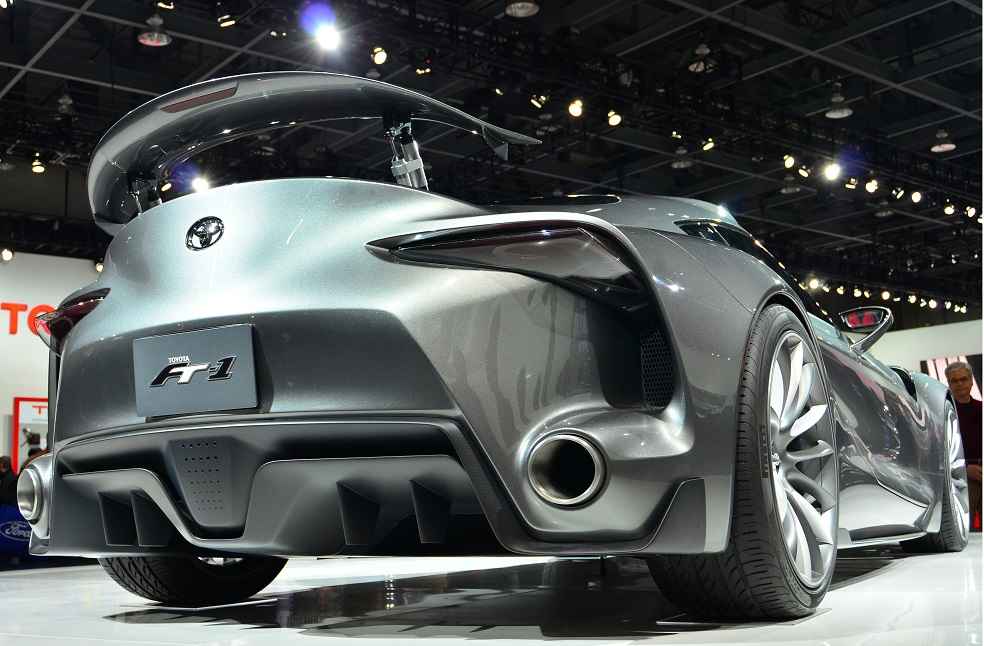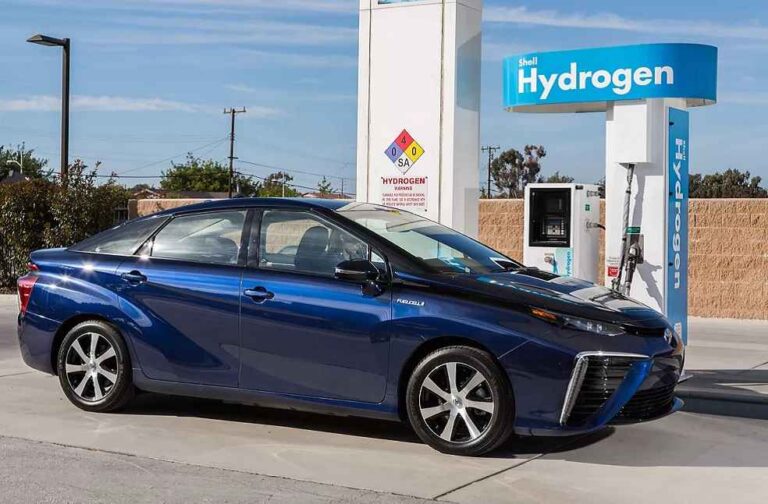The global Fuel Cell Electric Vehicle (FCEV) / Hydrogen Fuel Cell Vehicles market is experiencing a mix of challenges and growth opportunities, driven by increasing interest in hydrogen as a clean energy source and stringent carbon emission regulations.
Market Size and Growth
The global FCEV market was valued at around USD 2.1 billion in 2023 and is projected to grow at a compound annual growth rate (CAGR) of 37%, reaching nearly USD 19 billion by 2030. However, some projections estimate the market size to reach USD 14.5 billion by 2030, fueled by advancements in fuel cell technology and expanding hydrogen refueling infrastructure.
Key Drivers
Government Initiatives and Policies: Numerous governments are promoting the adoption of FCEVs through subsidies, incentives, and infrastructure development. The European Union aims to deploy at least 747 hydrogen refueling stations by 2025, while Japan plans to have 200,000 FCEVs on the road by 2025, scaling up to 6.2 million by 2040.
Environmental Regulations: Strict emission norms and the global push for zero-emission vehicles are major growth drivers. The U.S. and the EU have set ambitious targets to reduce vehicular emissions, promoting the use of FCEVs as a solution.
Regional Insights

Asia-Pacific (APAC): This region is expected to witness the fastest growth due to robust government support and significant investments in hydrogen infrastructure. Countries like Japan, South Korea, and China are leading in FCEV deployment and infrastructure development.
North America and Europe: Both regions are seeing increased adoption of FCEVs, supported by government initiatives and growing environmental awareness. The U.S., particularly California, has set aggressive targets for FCEV adoption and hydrogen station development.
Market Segmentation
Vehicle Types: The FCEV market is segmented into passenger vehicles and commercial vehicles, with passenger vehicles expected to generate the maximum revenue due to rising consumer demand for eco-friendly transportation options.
Applications: FCEVs are used for both public lease and sales. The commercial vehicle segment, including buses and trucks, is also seeing significant growth due to its potential for substantial emission reductions in heavy-duty transportation.
Challenges

High Costs: The high cost of FCEVs and hydrogen fuel, along with limited refueling infrastructure, remains a significant barrier to widespread adoption. However, ongoing technological advancements and increased production scale are expected to reduce costs over time.
Infrastructure Development: The need for extensive hydrogen refueling infrastructure is critical for the market’s growth. Many countries are actively investing in building this infrastructure to support the adoption of FCEVs.
Key Players
Major automakers like Toyota, Honda, Hyundai, and emerging players like Nikola Corporation and Grove Hydrogen Granite are heavily investing in FCEV technology and expanding their product portfolios.
Future Outlook
Despite some reports of decline, the overall future outlook for the FCEV market remains positive, driven by several factors:
Technological Advancements: Advances in fuel cell technology are expected to improve the efficiency, performance, and cost-effectiveness of FCEVs, making them more competitive with other types of vehicles.
Expansion of Hydrogen Infrastructure: Significant investments are being made to expand hydrogen refueling infrastructure globally, which is critical for the widespread adoption of FCEVs.
Environmental Regulations: Increasingly stringent carbon emission regulations are pushing the automotive industry towards zero-emission solutions, including FCEVs. This is expected to drive demand for FCEVs as countries strive to meet their environmental targets.

While the FCEV market faces challenges, it also holds significant promise. Continued investments in technology, infrastructure, and supportive policies will play a crucial role in overcoming current challenges and driving the market forward. With the right support and advancements, FCEVs have the potential to play a crucial role in the transition to a sustainable transportation system.
MOST READ | Threading the Needle: Textile Industry’s Challenges 2025-2030



